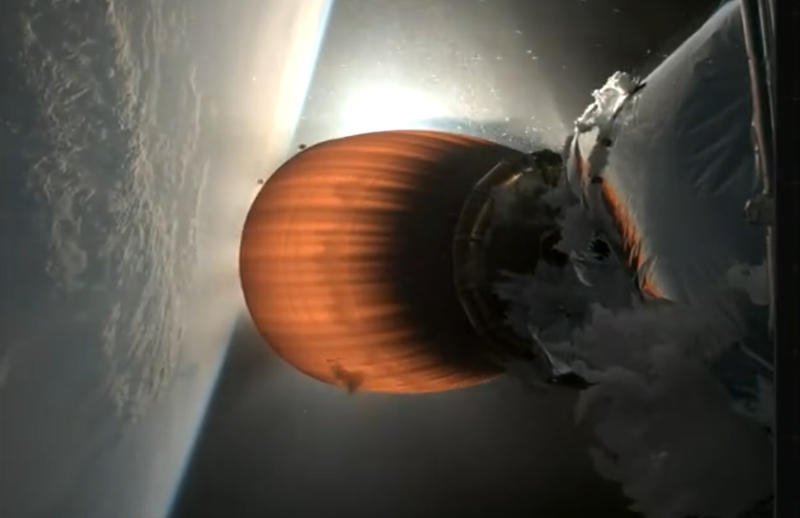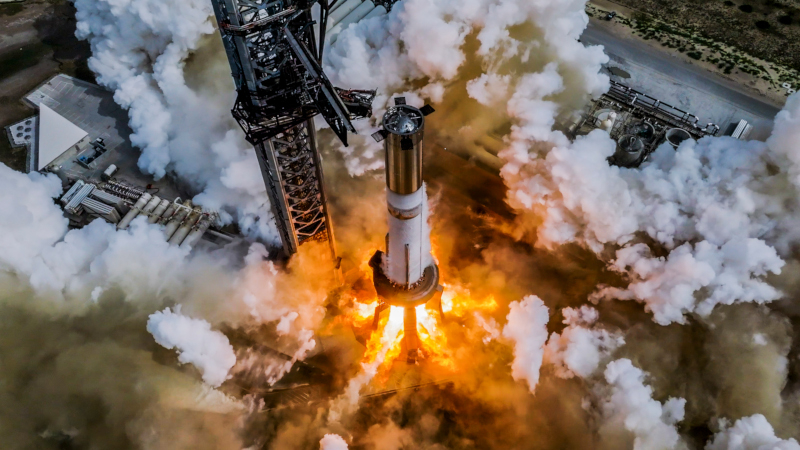SpaceX said a liquid oxygen leak was the cause of a recent launch failure on its Falcon 9 rocket. The company’s main workhorse will remain on Earth while engineers investigate SpaceX’s rare failure; but the next test flight of Starship, it seems, will actually take place in August.

Image source: x.com/SpaceX
«After a planned re-ignition of the upper stage engine to raise perigee – or the lowest point of the orbit – the Merlin Vacuum engine encountered an anomaly and was unable to fire again. Although the stage survived and still deployed satellites, it was unable to successfully close its orbit, but went into a passive mode, as is usually done at the end of each mission. This left the satellites in an eccentric orbit with a very low perigee of 135 km, which is less than half the expected perigee altitude,” SpaceX said about the incident.
The Federal Aviation Administration (FAA), which authorizes all commercial launches in the United States, will require SpaceX to conduct an investigation into the incident before Falcon 9 flights resume. So far, the delay has affected several missions, including the launch of Starlink satellites, the launch of a pair of Norwegian communications satellites, and the Transporter small sharing satellite mission. Given the pace SpaceX has taken with the Falcon 9, the company doesn’t have much time to roll out the changes needed to fix the problem.
Two manned missions on Falcon 9 rockets are planned for the end of July and mid-August. One is the first commercial Polaris Dawn mission to enter outer space, the second is the delivery of a crew of four to the ISS under a contract with NASA. Northrop Grumman’s commercial mission to deliver cargo to the space station, also on a Falcon 9, is also scheduled to take place in early August.

Meanwhile, SpaceX yesterday tested 33 Raptor engines on the Starship rocket’s super-heavy booster at Starbase in South Texas. The engines worked for about eight seconds, and this was enough for the company’s engineers to be convinced that all systems were working properly. SpaceX confirmed that the static burn was carried out for the full duration, after which the methane and liquid oxygen were drained from the rocket, named Booster 12. A static burn of the six Raptor engines on Starship’s upper stage, named Ship 30, was carried out in May.
As part of its fifth test flight, SpaceX may try to return the Super Heavy booster to Starbase. And an improved heat shield will be tested on the Starship – last time, when entering the atmosphere, parts began to fall off the ship, damaging the optics of the camera from which the test flight was broadcast live. The construction of the second launch pad at the Starbase cosmodrome is in full swing – several segments of the launch tower have already been installed. Within the next two years, SpaceX intends to have two operational launch sites in Texas and two in Florida.